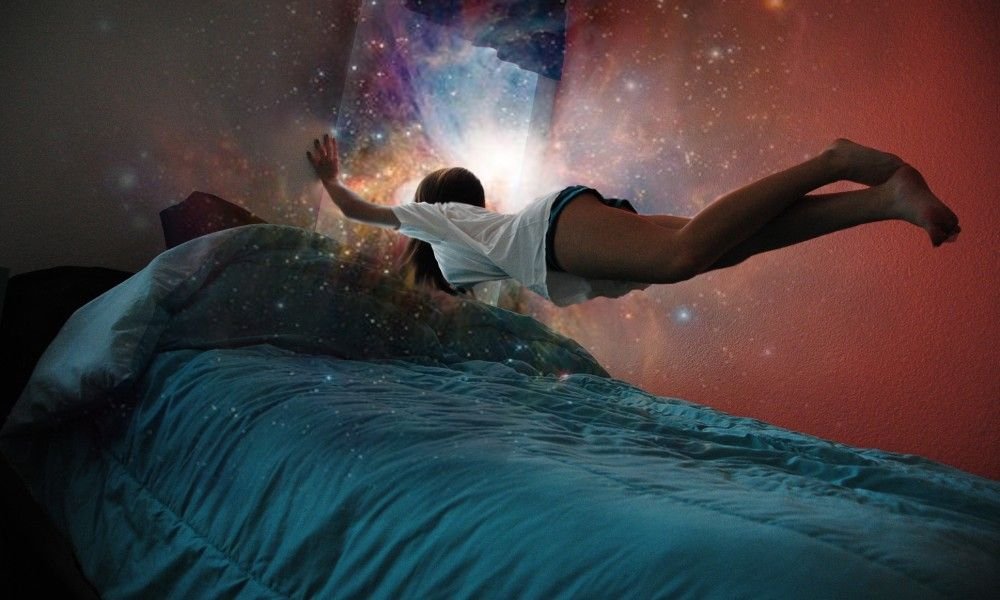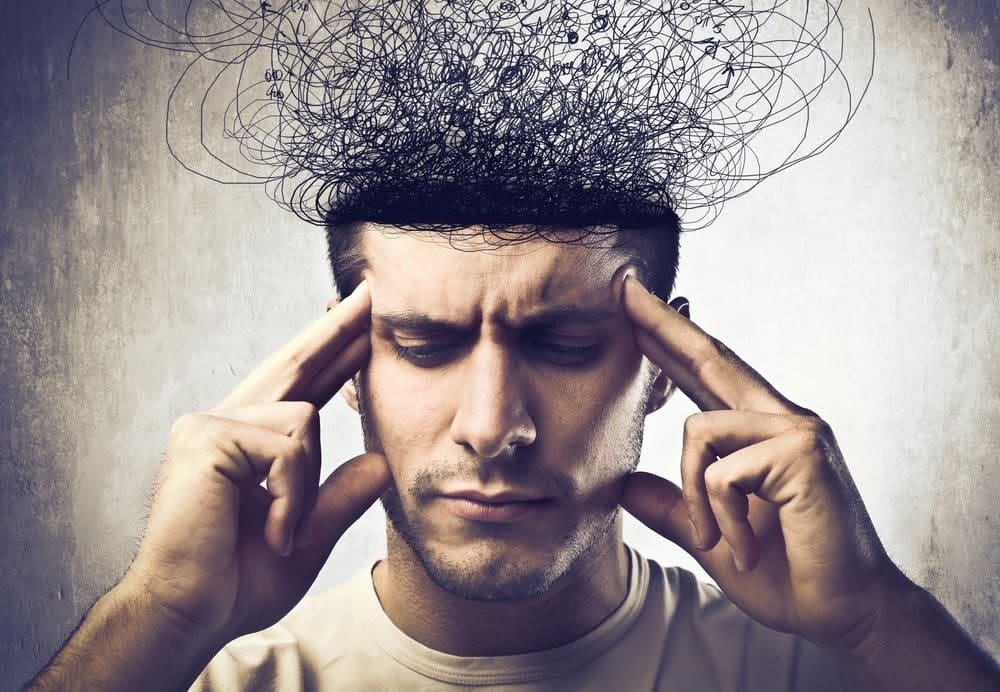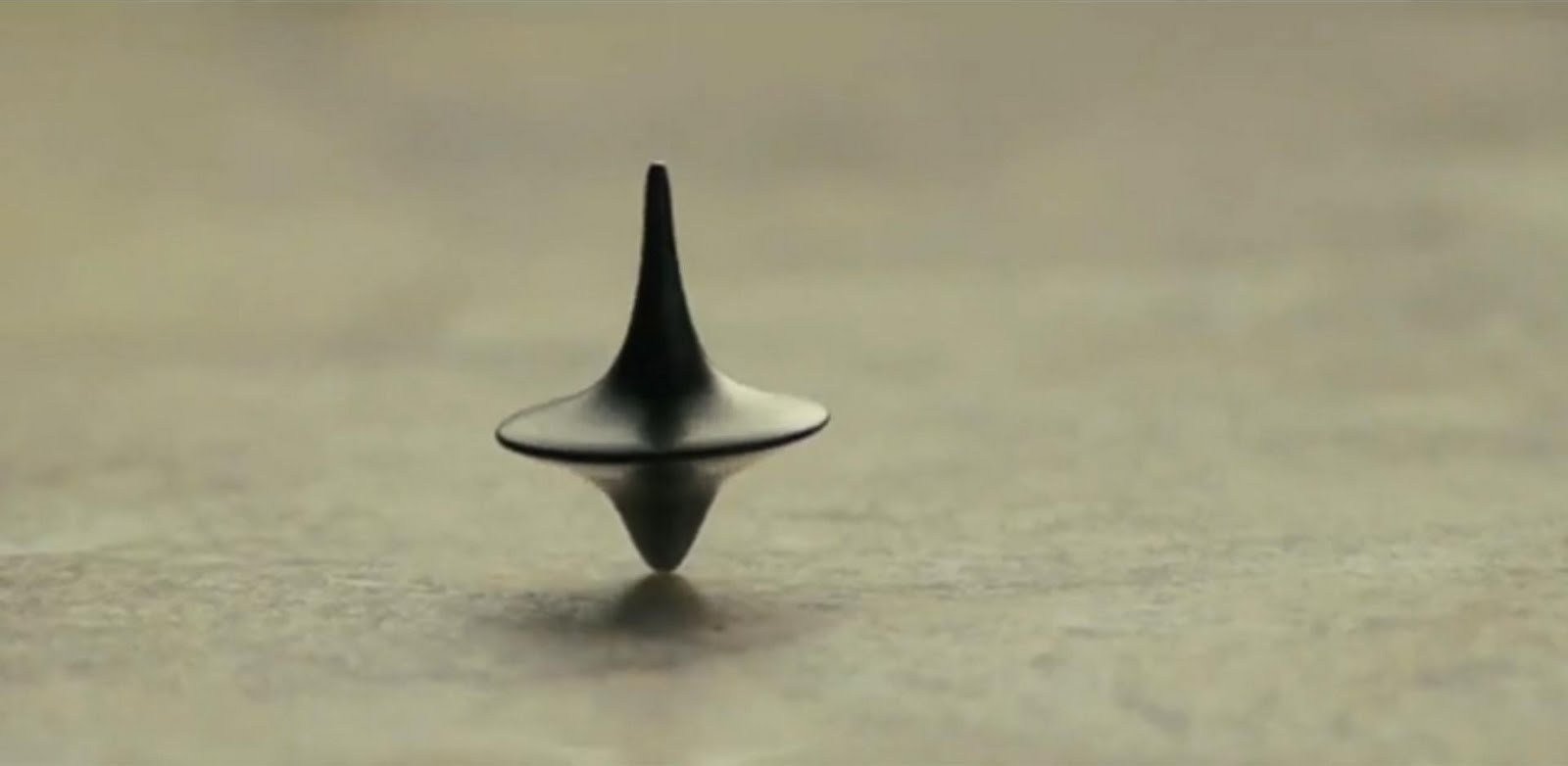The simplest definition of a lucid dream is a dream in which the dreamer is aware that they are dreaming. It’s a bit of a mouthful but basically I like to think of a lucid dream as a periodic state of heightened consciousness while one is sleeping.
We can experience multiple degrees of consciousness while we sleep and therefore we can experience different degrees of lucidity in our dreams.
Overall, I would say that there are four basic levels of lucid dreaming. There are probably more or at least varying degrees within these levels but I’m going to stick to four for simplicity.
Levels of Lucid Dreaming
Level one: The Excited Awakening.
The dreamer becomes aware that they are dreaming but immediately wakes up in normal reality. This often occurs when the excitement of becoming aware in a dream induces wakefulness.
Level Two: Uncontrolled Awareness.
The dreamer is aware that they are dreaming but has little to no control over the dream. Awareness of a dream can occur when we have unpleasant dreams that we want to avoid. In this state we often cannot control our selves or the dream itself but our awareness makes us unafraid of the dream. Our awareness in this state is typically short lived and the dream content often shifts to something different.
Level Three: Superficial Controlled Awareness.
For me, this is a true lucid dream. We become aware in our dream and are able to control ourselves within the dream. Often the people and objects within the dream stop what they are doing and we become free to walk around our landscape and view our surroundings. However, our control over ourselves and the dream landscape is limited. For instance, we may be able to seek out certain objects or people or make ourselves fly, but we are unable to walk through a wall or create a doorway. I believe that our limited control occurs because we have little experience or practice at controlling dreams and making changes. We may also have some fear or doubt that it is in fact a dream.
Level Four: Deep Control and Awareness.
This is a state of high lucidity. We have complete awareness in our dream state and complete control over ourselves and our surroundings. We can make changes to the dream and the objects and people within it. I find that a reality check (more on that later) can actually make one more lucid (more aware) within a dream as the reality check confirms that it’s actually a dream and gives the dreamer more confidence and therefore more control.
Inducing Lucidity: Becoming Aware.
For some people lucid dreams come naturally and for others they have to focus on it and work diligently for a long time to induce one. Unfortunately I’m the latter. It’s difficult for me to induce a lucid dream and often takes me about three weeks of persistent focus. For that reason I don’t do them often. However, they are amazing when they occur and usually end up being totally worth the effort.
These are some of the methods I use to induce lucid dreams.
1. Think about it and focus on it.
I think about becoming aware in my dreams a lot. All day in fact. I use mantras like “tonight I will become aware in my dream” repeatedly throughout the day.
2. Ask yourself “Am I dreaming?”
Do this several times throughout the day and confirm with a reality check. Always assume that you could be dreaming.
3. Look at your hands.
Do this throughout the day. It’s a form of reality check and it brings focus to the task of dreaming.
4. Wake back to bed method.
This is the best method for inducing lucid dreams by far but it’s also the hardest and most annoying to do. It involves setting an alarm and waking up in the late morning hours, typically a few hours before you would normally wake up in the morning, and then staying up for 20 – 40 minutes before going back to bed. The process wakes your mind up and somehow makes it easier to become aware in your dreams. I find that when I actually do this, my awareness is very clear and I have the most control over the dream. It’s hard to do though because, who the hell wants to wake up in the middle of the night and then go back to bed?
5. Reality Checks.
Reality checks distinguish between the dream state and normal reality. They confirm whether we are dreaming or whether we are in normal reality. If we are trying to induce a lucid dream we should always assume that it’s possible we are actually dreaming. Reality checks should be done throughout the day especially if anything even remotely odd or unusual occurs. These are good too because they make us focus throughout the day on the task of dreaming.
Here are some examples of reality checks starting with my favorites.
- Plug nose and breathe. If it’s a dream we will be able to breathe even when our nose is plugged.
- Word or symbol bracelet. I cut out a small playing car number and symbol (ie. 10 of hearts) and tie it to a string and check it throughout the day. If I look down and the symbol is different then I know I’m dreaming.
- Light switches. They tend to not work in dreams. (I rarely do this but other people like it).
- Clocks or word changes. Look at a word, look away, and look at the word again. If it’s different then you are dreaming.
Like I said, the challenge of lucid dreaming is different for everyone so keep at it if you are having a hard time having one. Sometimes it takes me weeks to have a lucid dream but they are always worth it. Good luck!
What are your thoughts? Do you lucid dream? What methods do you use to induce a lucid dream? What’s your best dream? Feel free to share.





